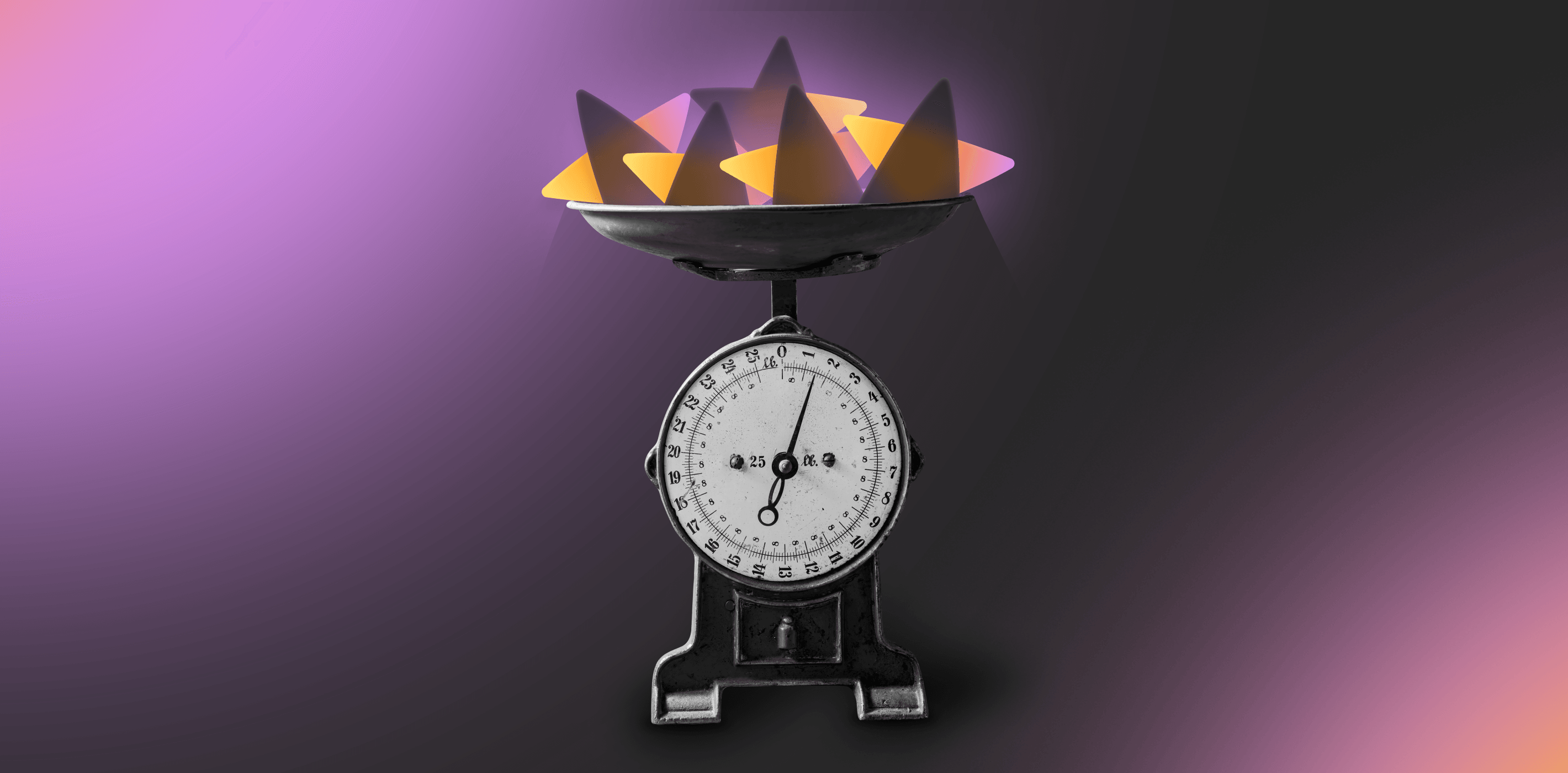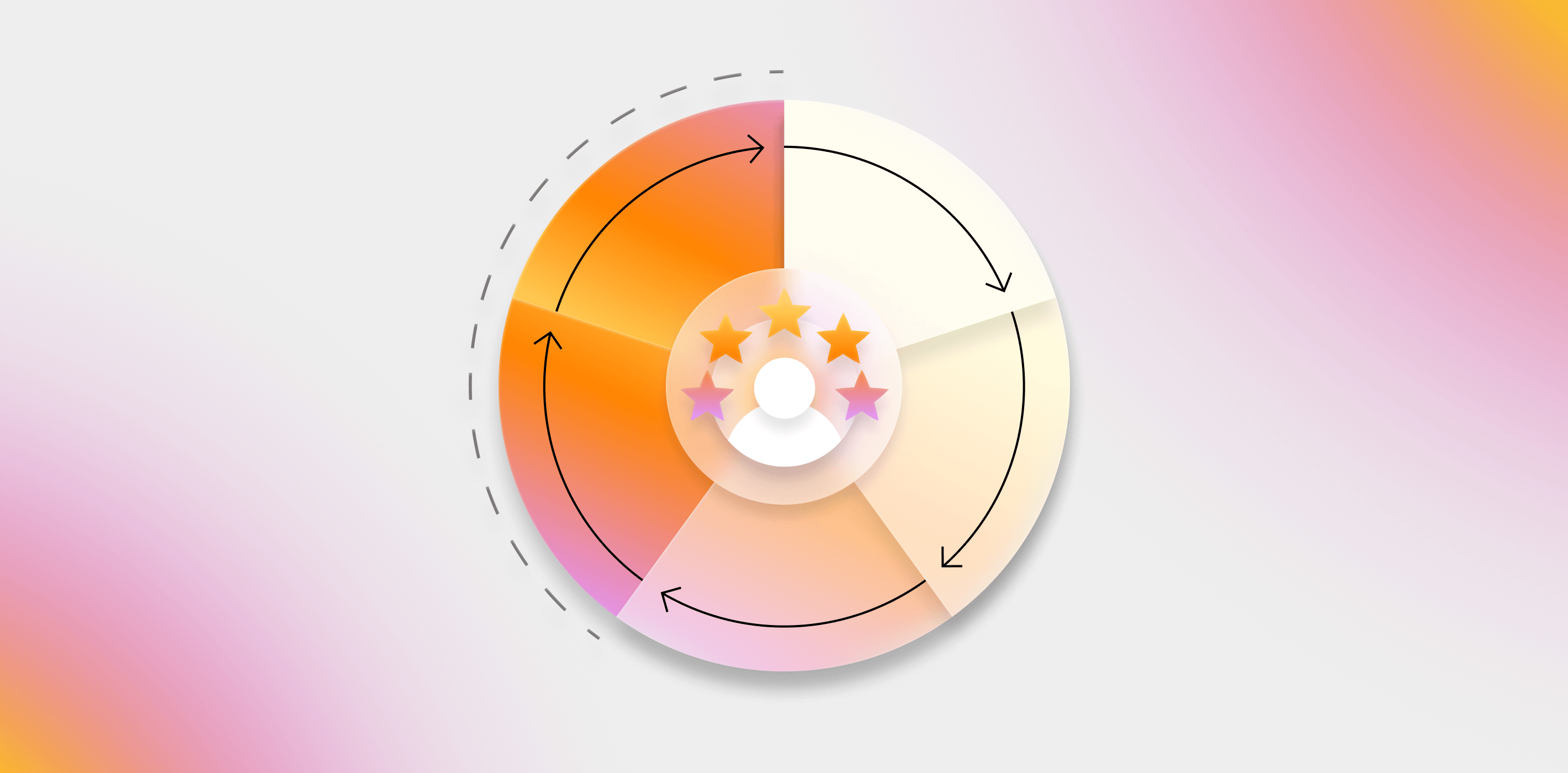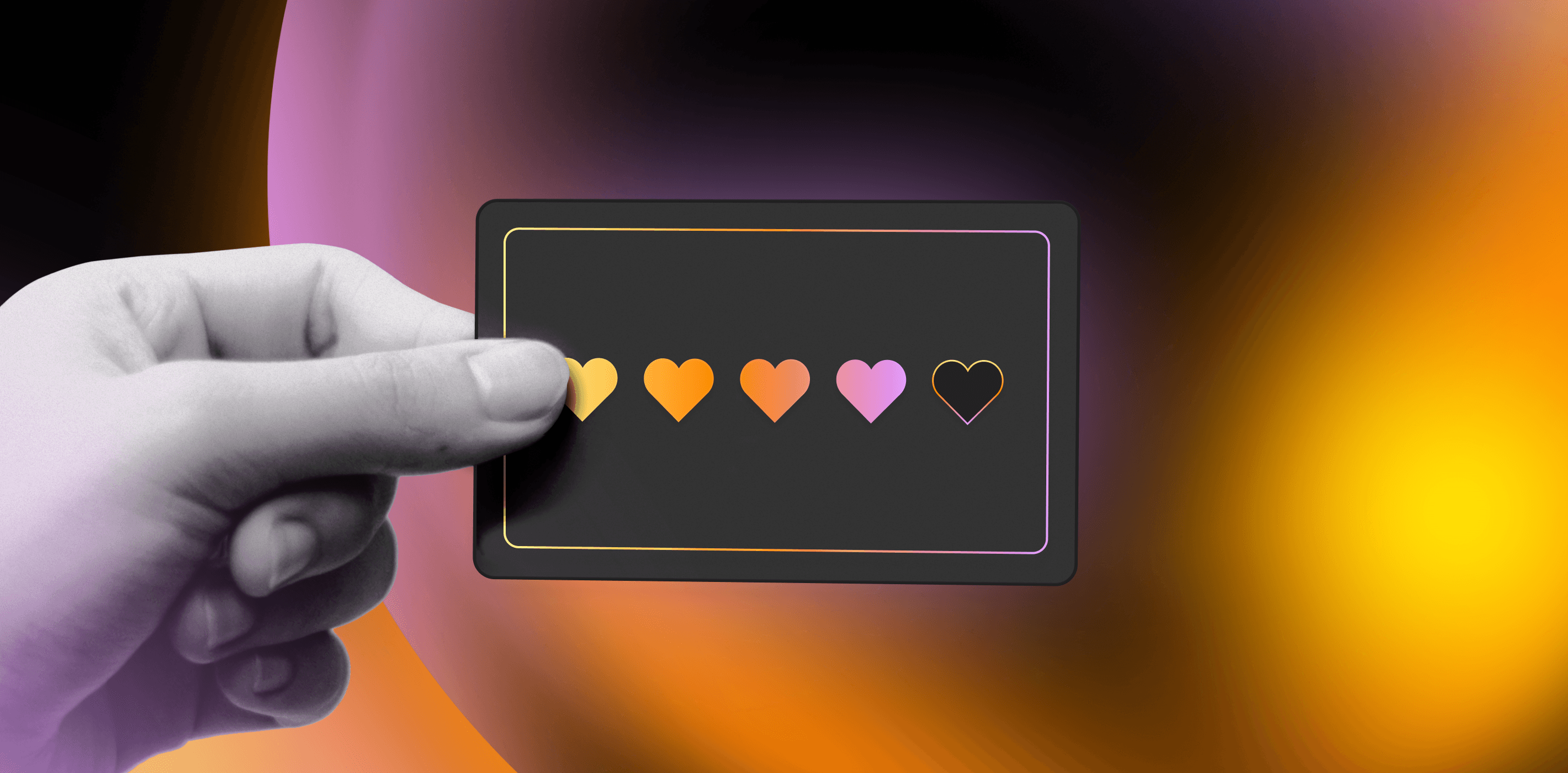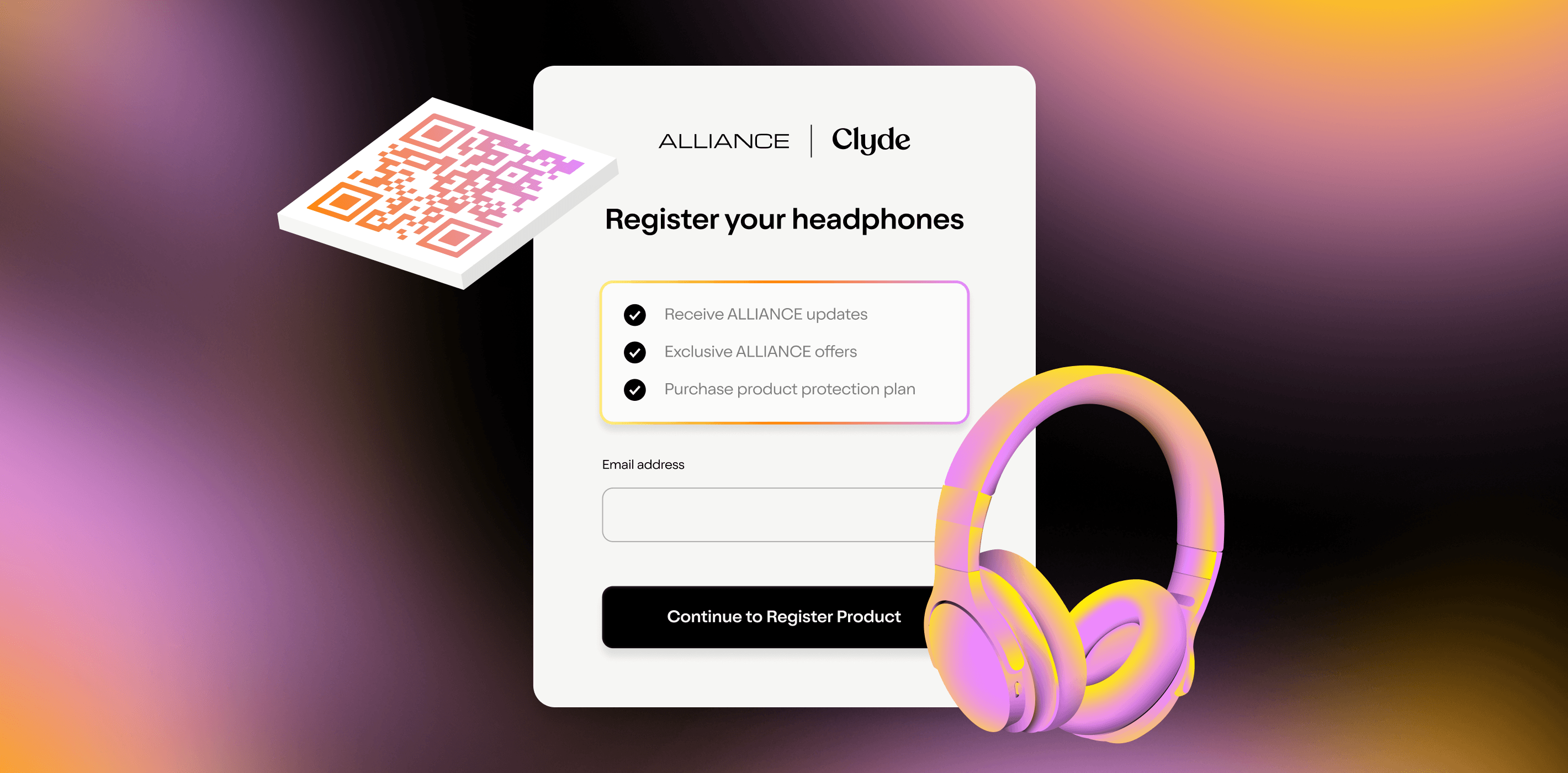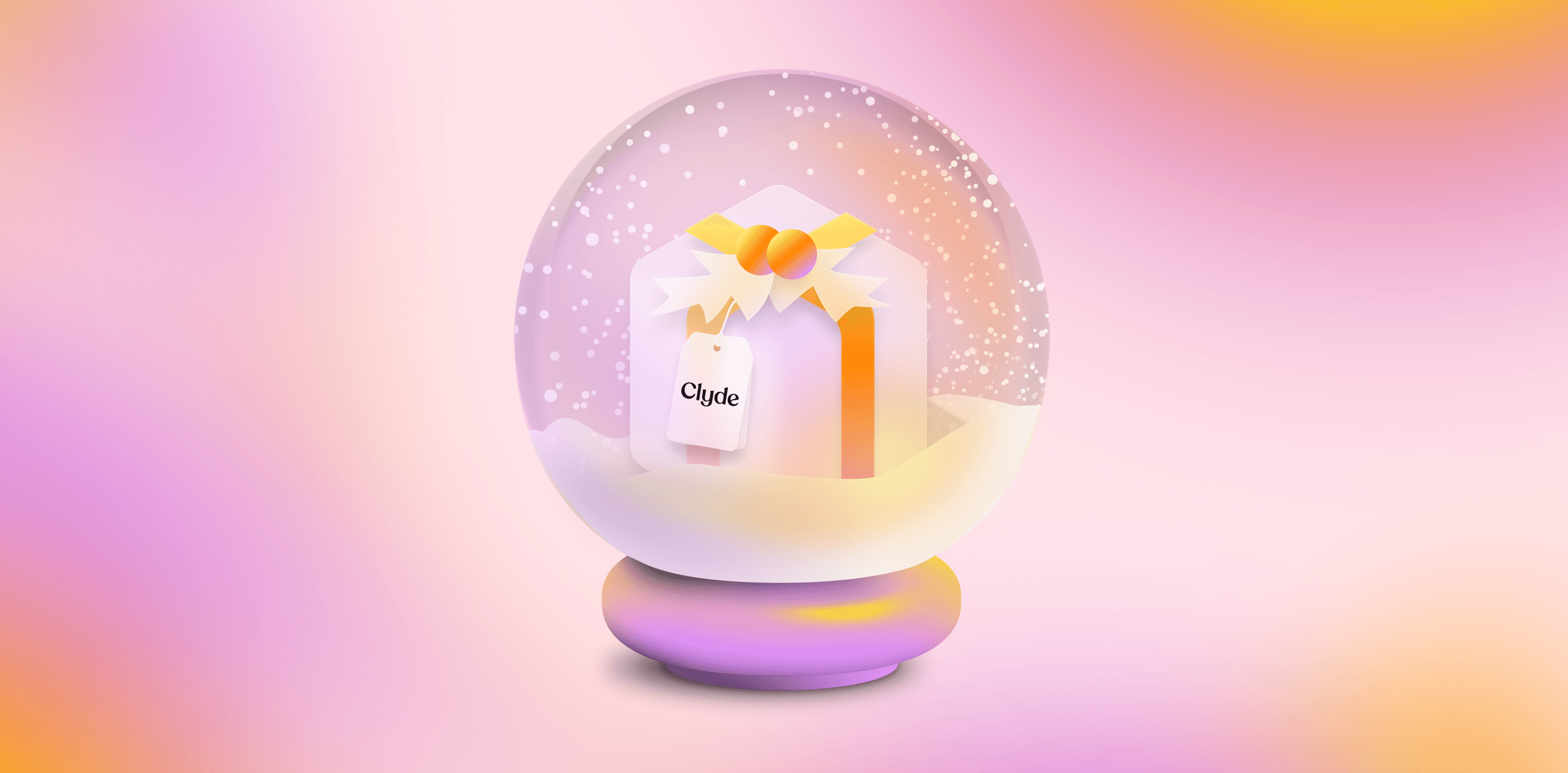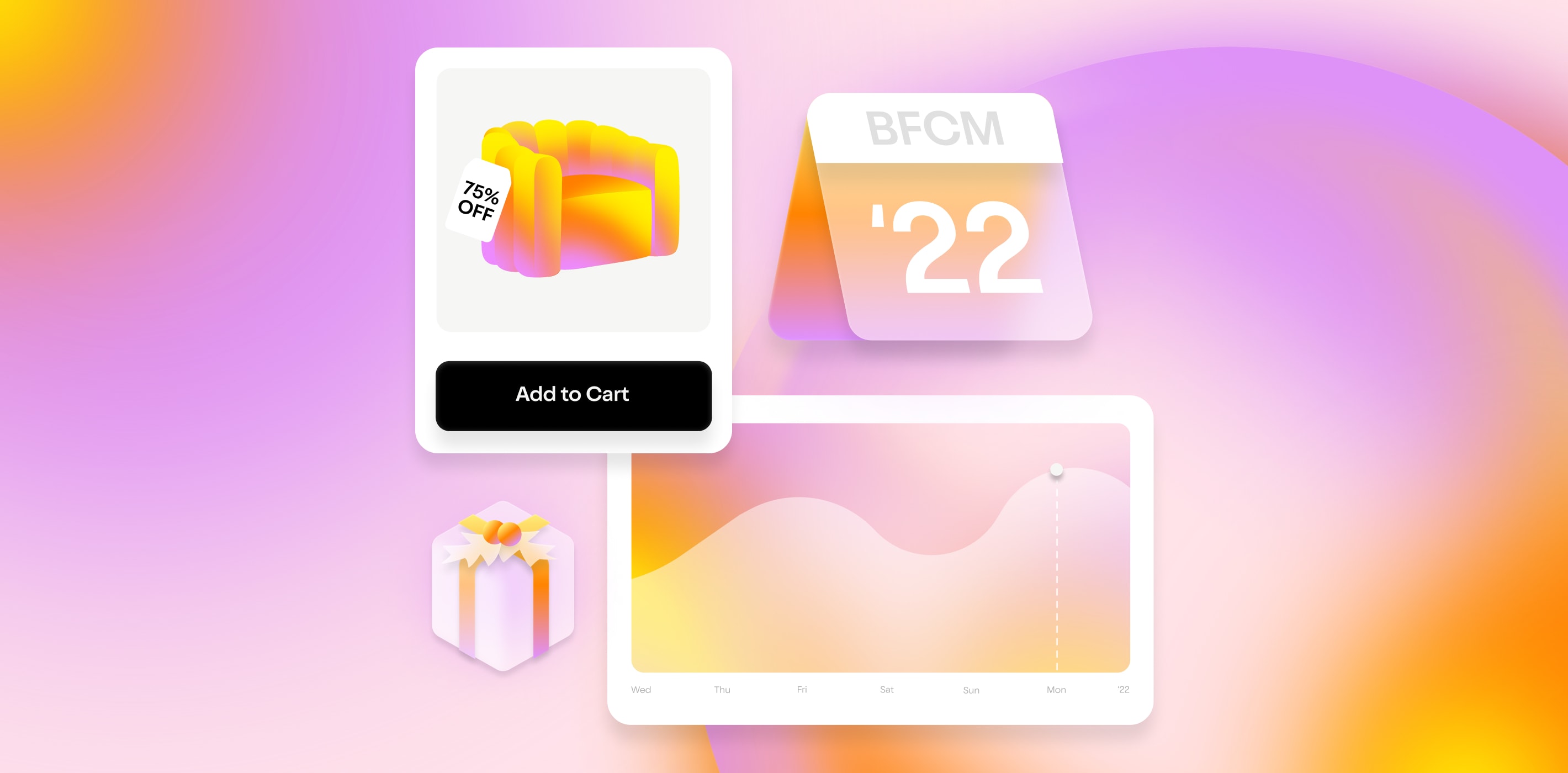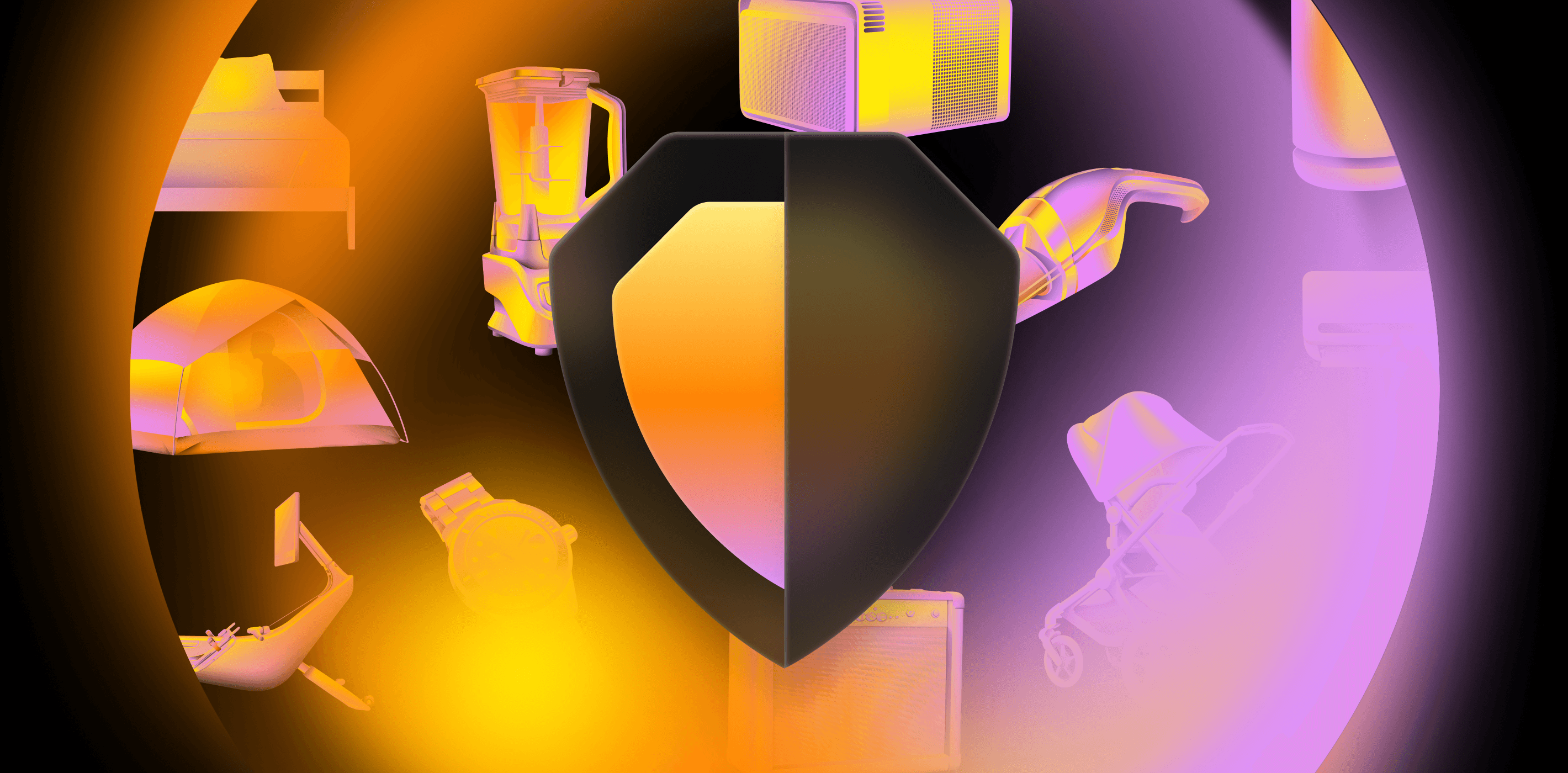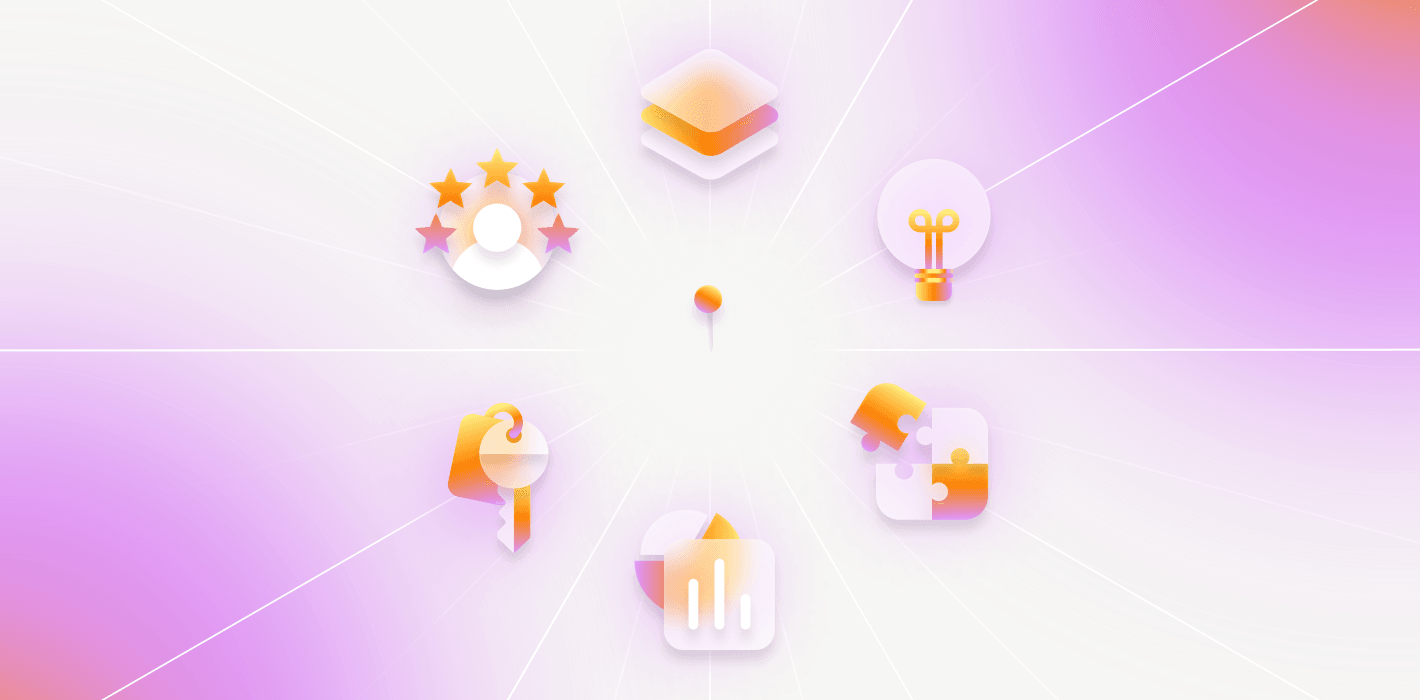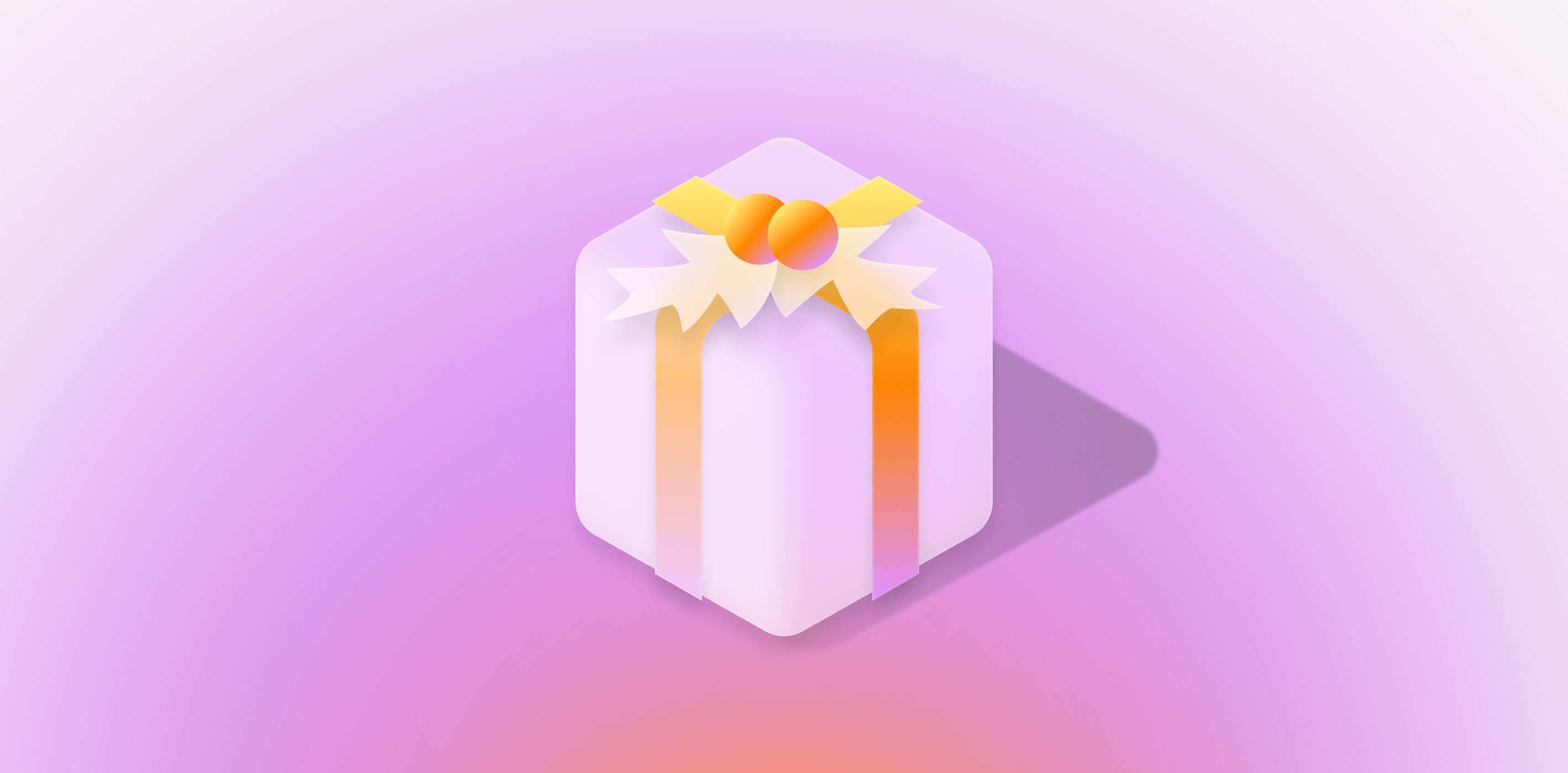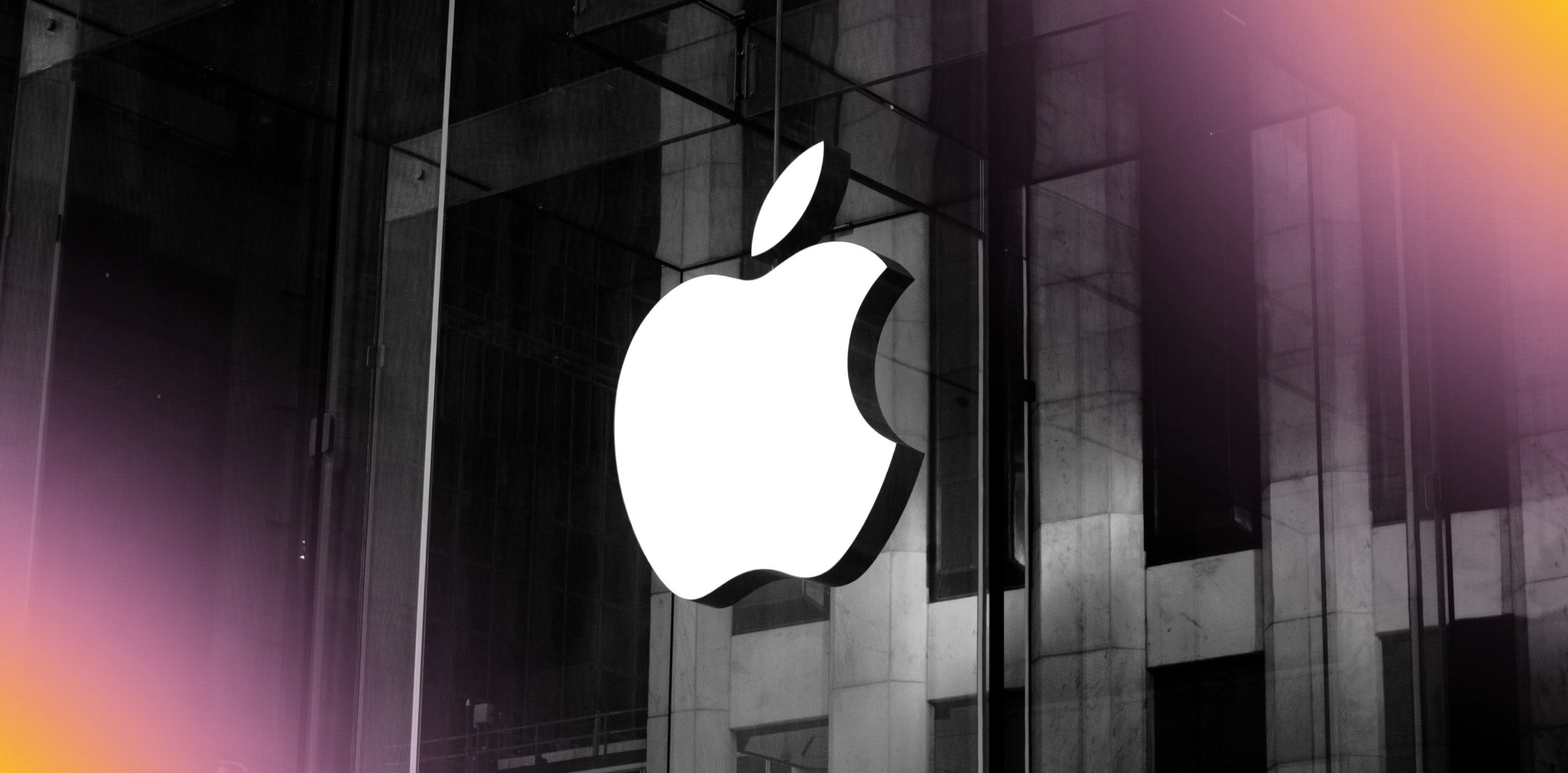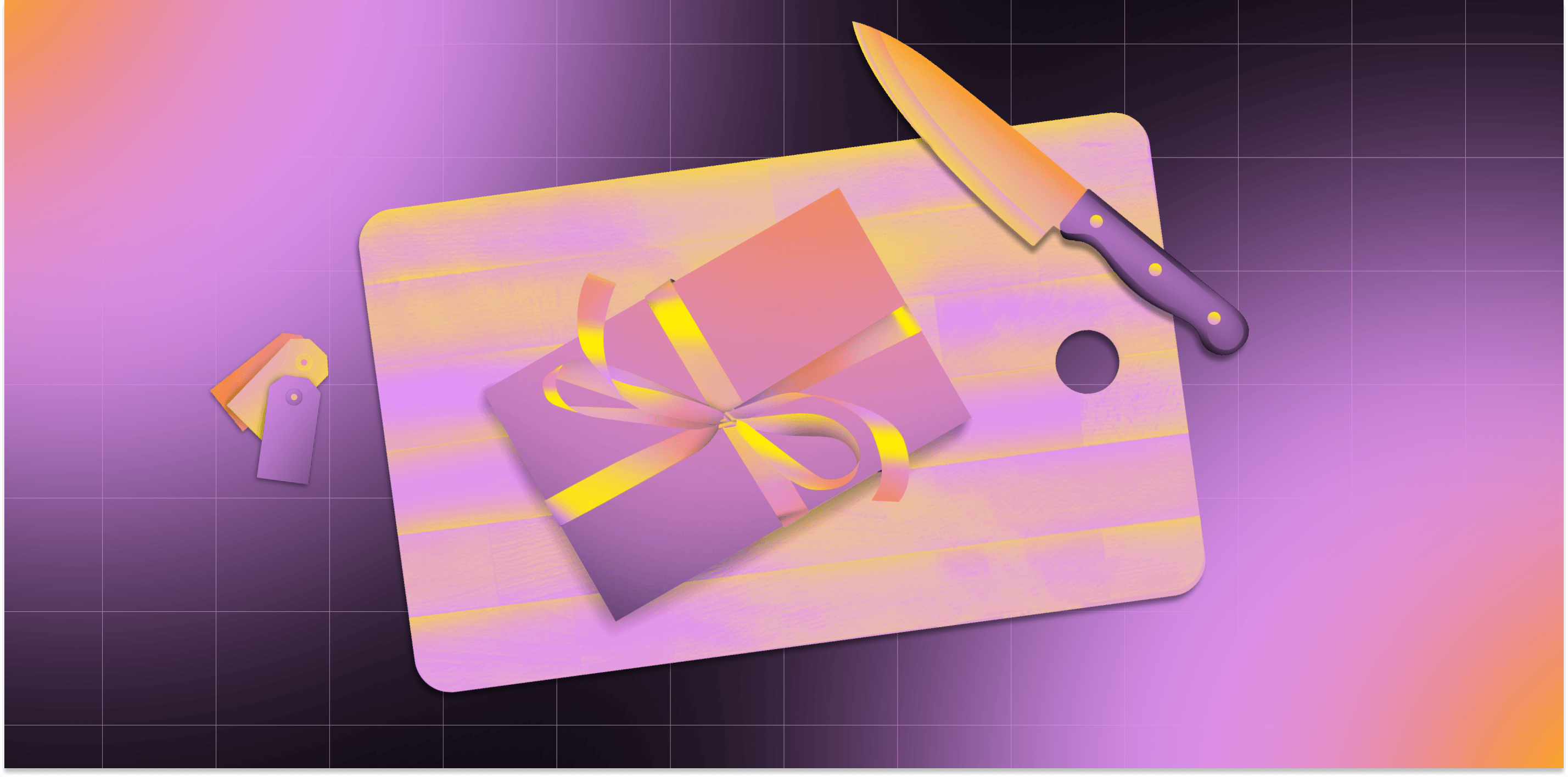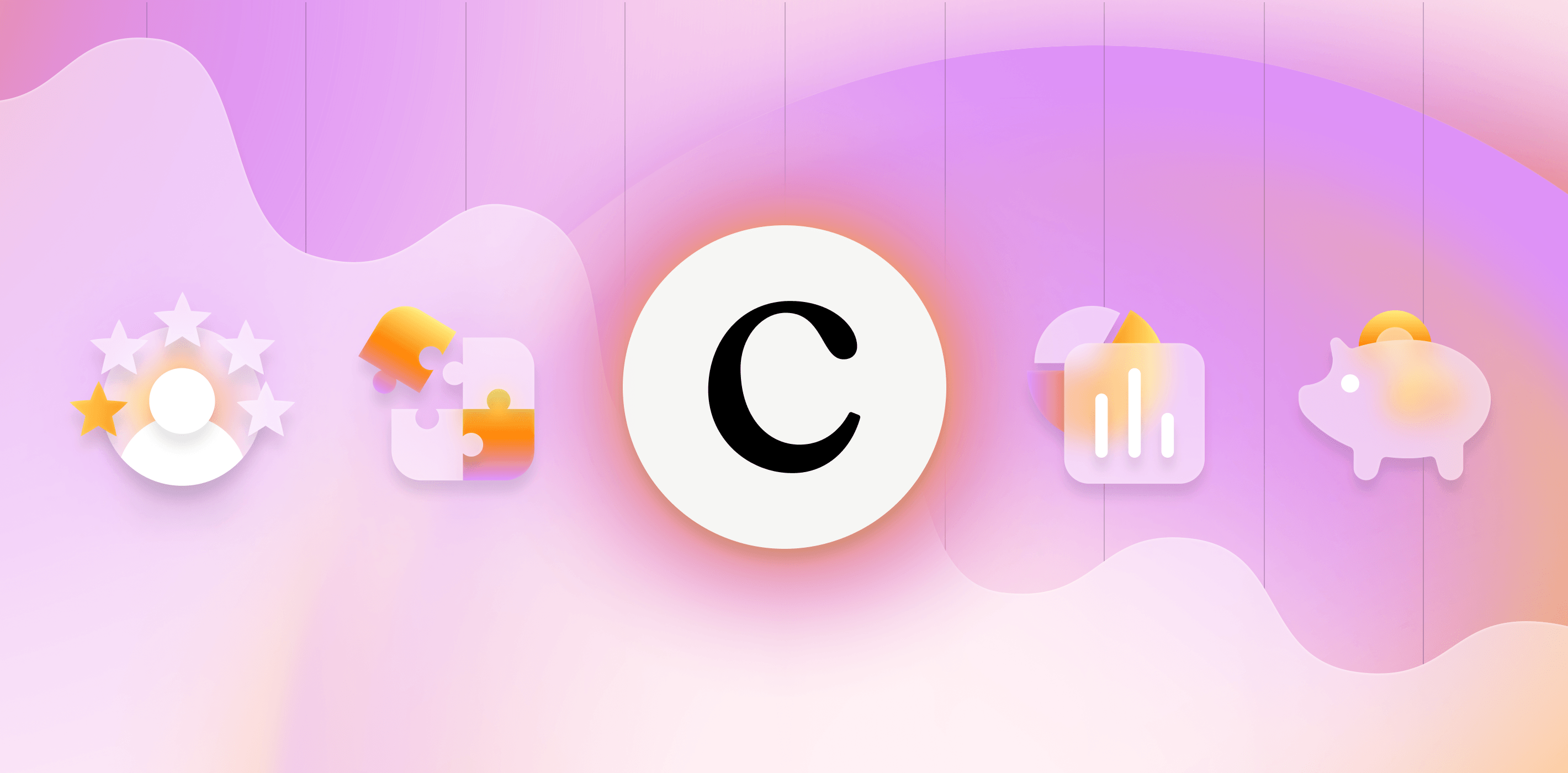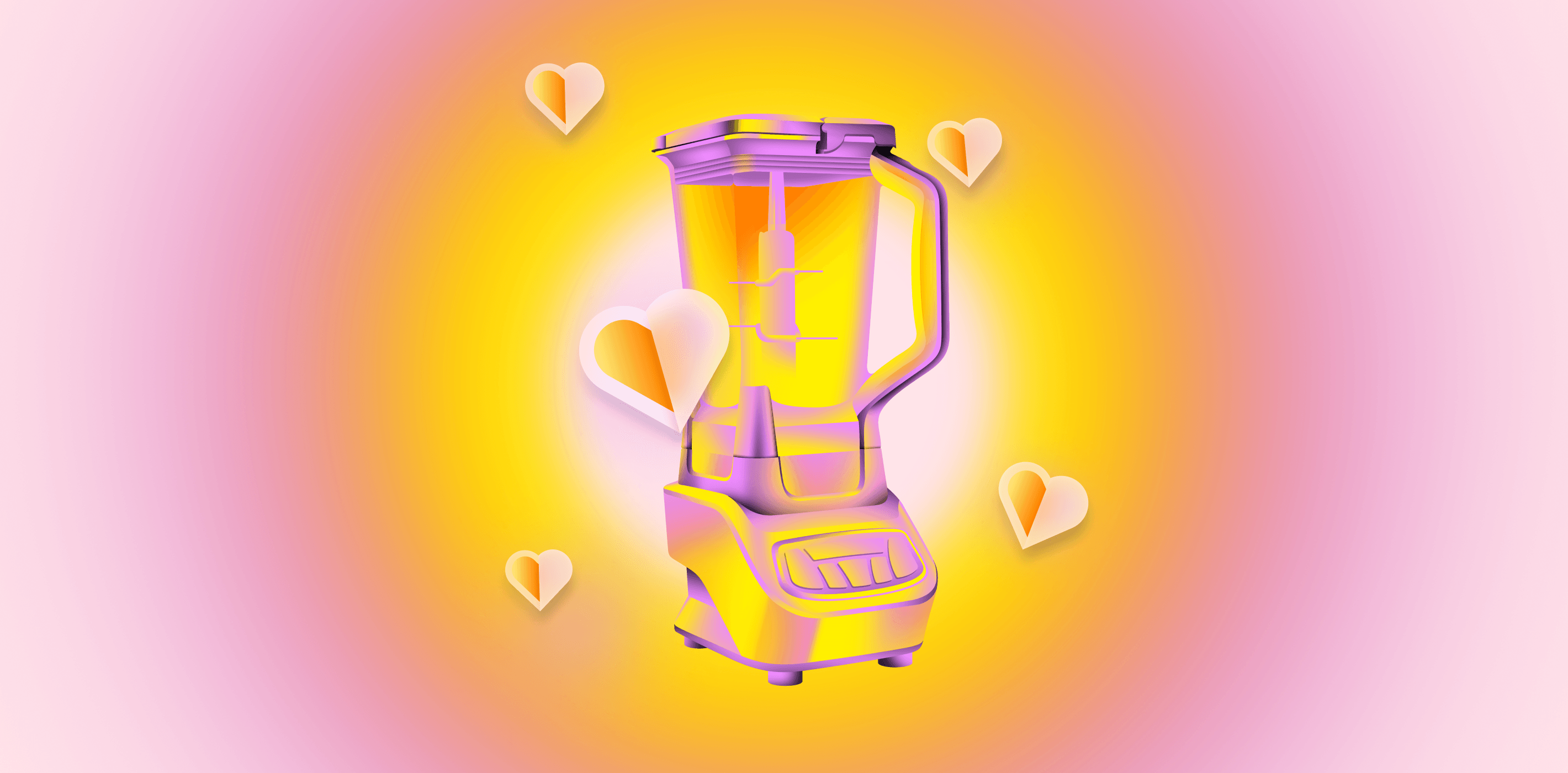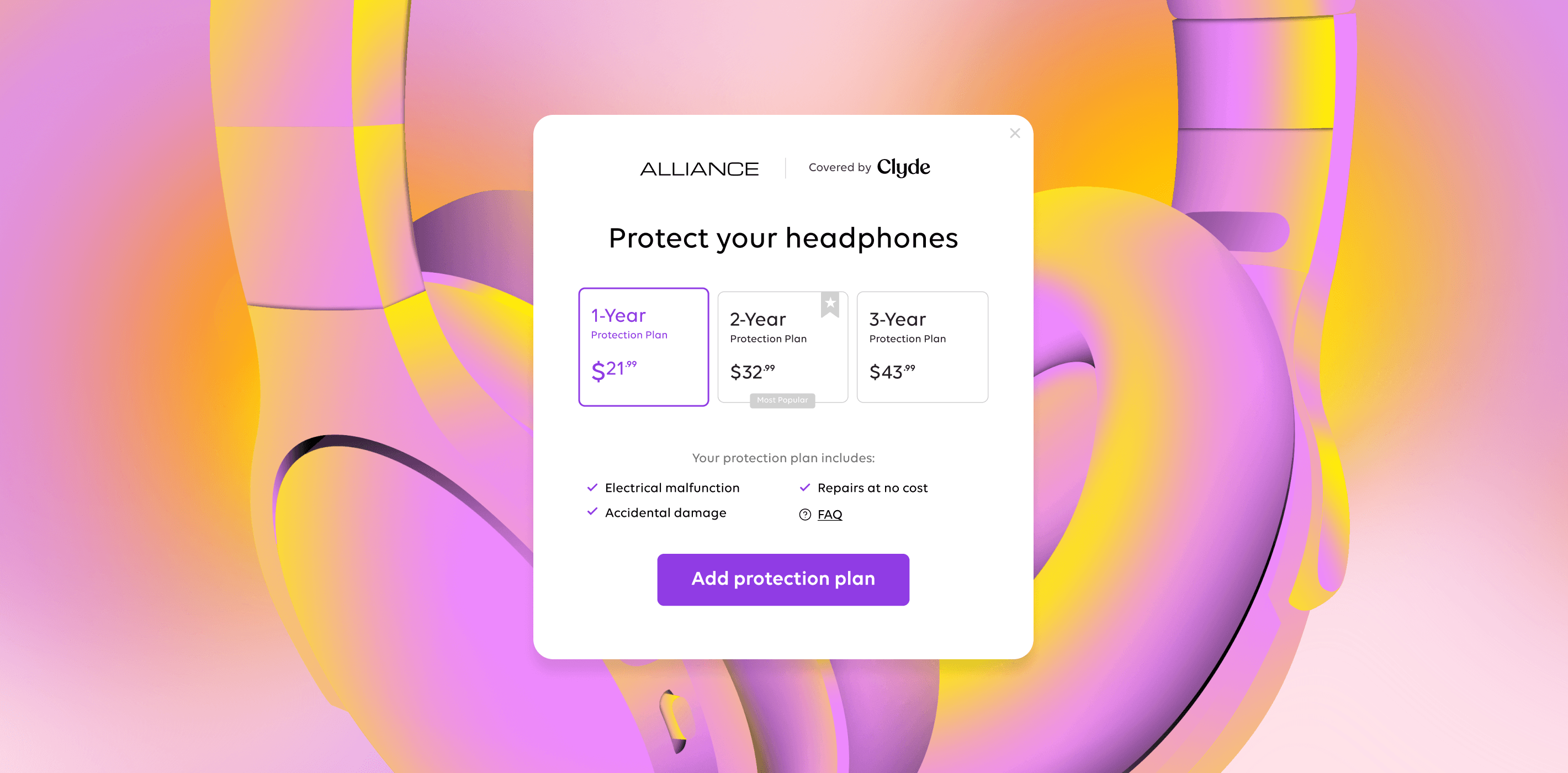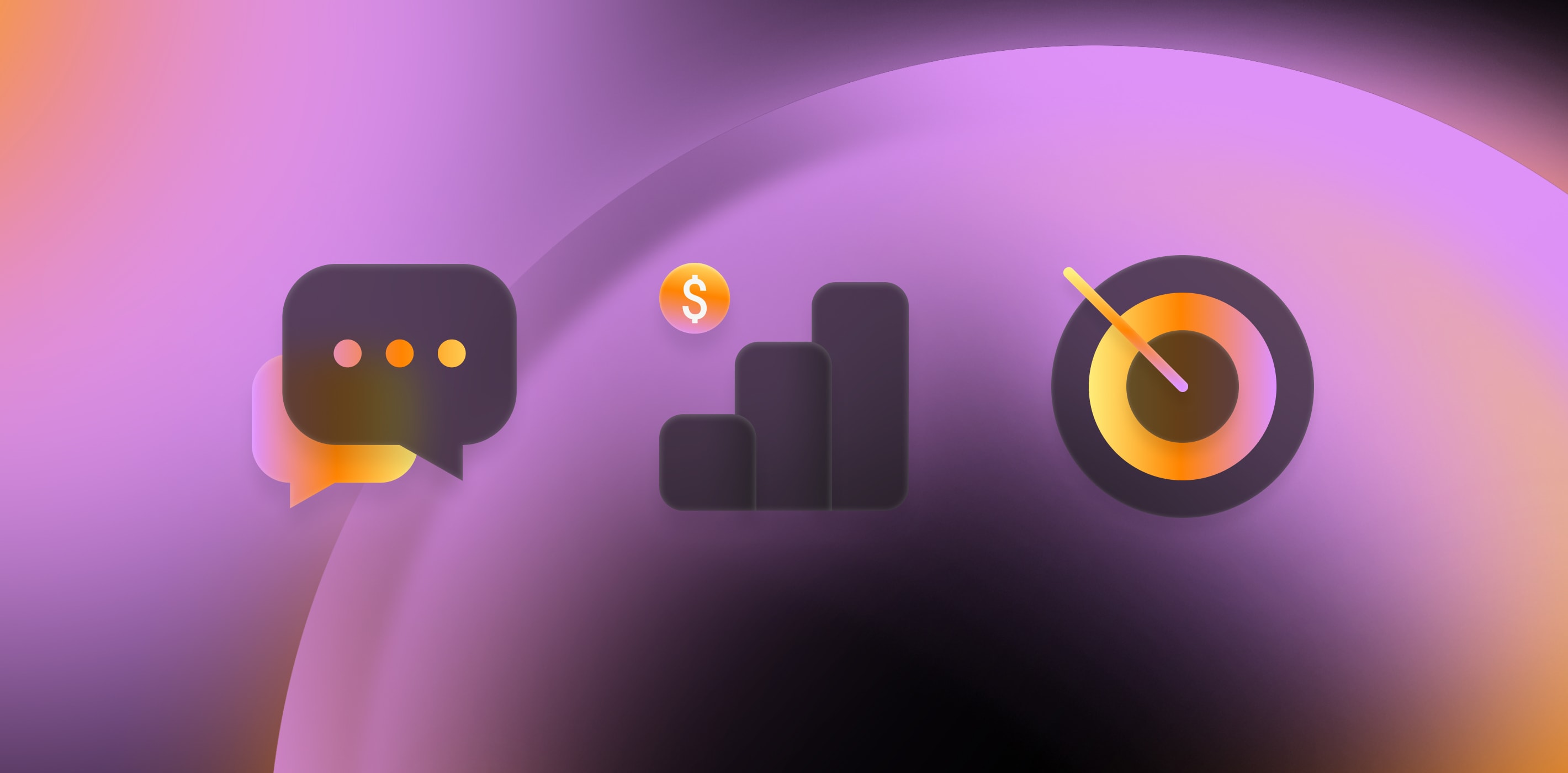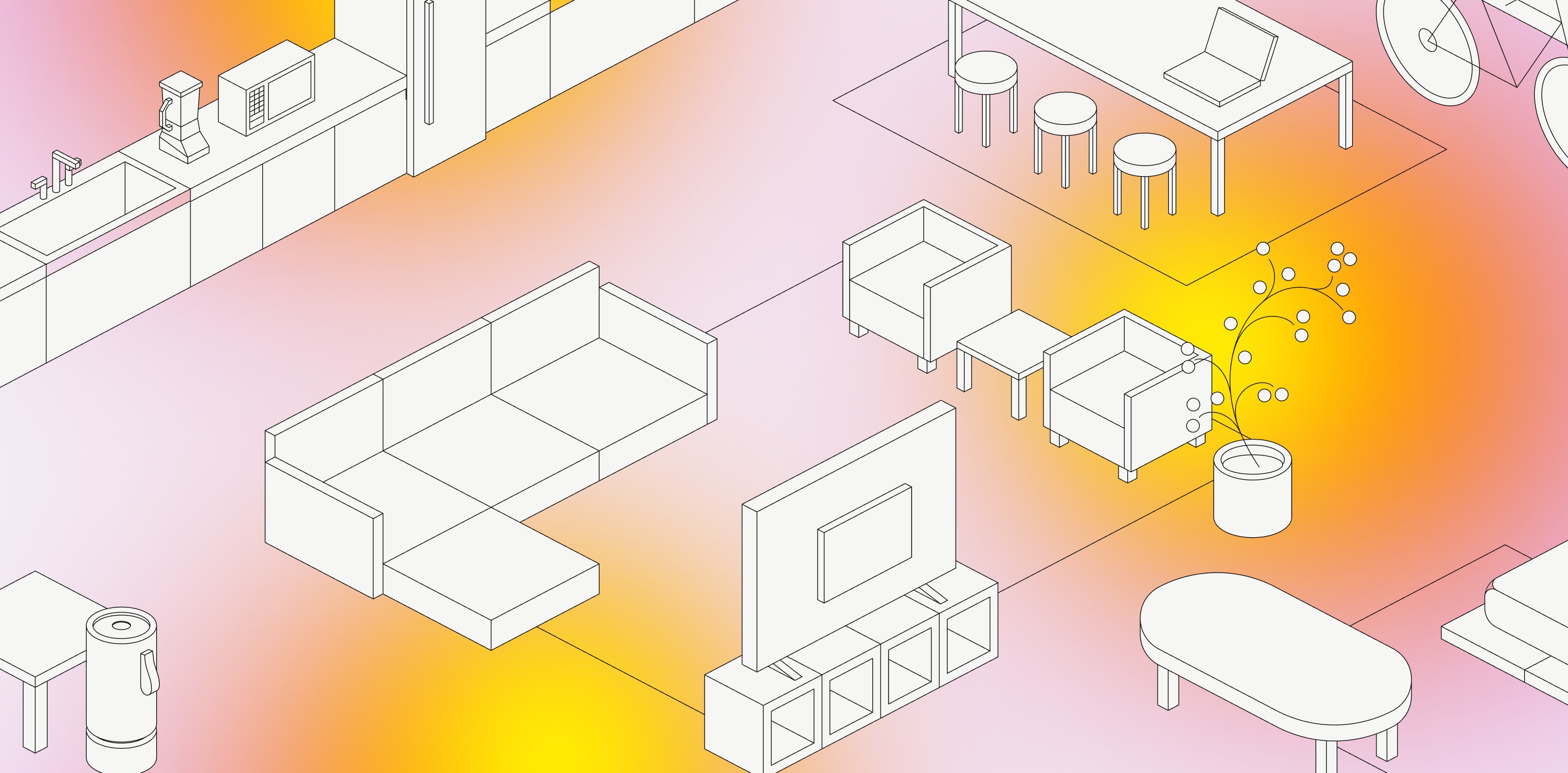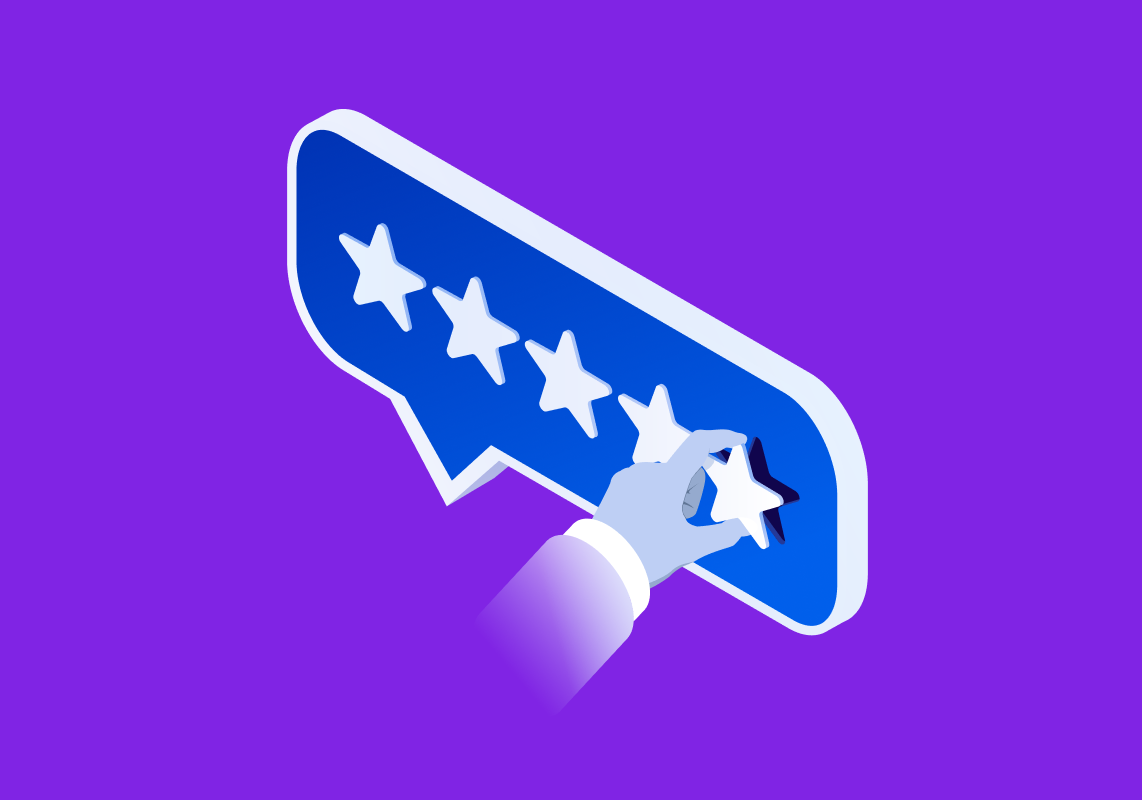A fruitful post-purchase experience is not about investing in specific tools: most companies already have a bloated tech stack. Instead, consider ways you can use what you have more effectively.
CX isn’t a monolith, nor should it be treated that way. While most marketers know the stages of the buyer’s journey (and invest time and money into it), they don’t always give the post-purchase experience (PPX) the love it deserves.
What is PPX? This fledgling term encompasses everything to do with your customers’ experience after buying a product. You’ll often see this in the form of communication, customer service, upsells, and value-adds, and when done well it can significantly impact your top-line revenue.While there’s not much data on PPX specifically, there’s plenty to support investing in the customer experience. Enterprises that make $1 billion annually can expect to earn an additional $700 million when they invest in CX.
Think about it for a moment: You’re on the hunt for a good pair of headphones. How much time do you spend making that decision? Like most consumer purchases, it will be on the shorter side—let's say a few weeks to be generous—but a pair of headphones can last for years. Those years offer marketers many untapped opportunities to develop deep relationships, but they’re often overlooked because of outsize emphasis on the pre-purchase experience.
Investing in the post-purchase experience can deepen customer relationships in several ways. Not only does it improve customer retention , but it’s also a great way to relieve customer anxiety or buyer's remorse.
A generic thank-you email you have queued up won’t cut it, though. Instead, imagine, for a moment, purchasing a big-ticket item you’ve had your eye on (for me, it’s the Dyson airwrap) and having those feelings of remorse creep in. Was it too expensive? What happens if it breaks? Should I have spent that money elsewhere? Rather than investing in new tools, we suggest three stages of post-purchase communication to excite your customers and provide peace of mind.
1. Provide clear next steps
TL;DR: Personalize across multiple channels to provide customers with information beyond logistics
Beyond a thank-you email with shipping information, marketers need to provide clear next steps to communicate what customers should expect from the product itself.
Make sure your email flows are split according to categories or products for a truly tailored experience. If your customer purchased a pair of hiking boots, the post-purchase email should relate to that. A care guide or trail inspiration not only hypes a person up for their brand-new purchase, it also offers a whole lot more value than a generic thank-you email.
SMS can serve as a useful tool in this period when timely communication is needed (for example, shipping notifications) but it shouldn’t be used in isolation. Nor should it be used in the same way email is used. Companies with a robust omnichannel strategy retain 89% of their customers on average, compared to those with a weak omnichannel strategy (which only retain 33% of their customers).
At this stage, it’s also important to start thinking about loyalty programs, which also need to be rooted in personalization. Rewarding loyalty is always a helpful way to keep customers engaged post-purchase, but these aren’t your parent’s loyalty programs. Many loyalty programs in their current state simply don’t work effectively to engage customers long-term. Brands need to use data and analytics to personalize their loyalty programs. By identifying the post-purchase moments and interactions that matter, brands can deepen their digital relationships with customers.
Currently, U.S. consumers belong to an average of 16.7 loyalty programs and only use 8 of them actively. But brands with successful loyalty programs often see an increase in post-purchase engagement . Customers are more likely to follow on social media, visit websites and stores from that brand, and download a retailer’s app.
2. Reinforce the purchase
TL;DR: Get customers excited about their new purchase (and thinking about future purchases)
At this point, it’s time to get everyone on board the hype train.
When a customer places an order, a retailer receives an abundance of data that can be used to create unique and engaging emails for a customer in the post-purchase phase of their journey. When done right, a post-purchase email will lead to some serious customer love. They see a whopping 160% higher conversion rate and 680% higher revenue per send than standard marketing emails.
People are usually excited about a new purchase, so lean into that feeling. Share information relevant to the product and position your company as a resource to people should they have any questions. If you use a marketing automation tool (like our friends at Klaviyo), you can even add product protection to your email campaigns to provide peace of mind post-purchase.
Alongside this, it’s a great opportunity to start sharing sales and special discounts based on your customer’s purchase history. SMS is the ideal place to share discounts because of the prevalence of smartphones. There’s a reason 80% of coupons were redeemed by consumers on mobile phones in 2022!
When it’s time to share additional recommendations, you can use loyalty programs to start rewarding post-purchase behaviors. Gamification—whether it’s points, badges, tiers, or leaderboards—is a great way to drive engagement because introducing an element of competition drives reward-seeking behavior. Companies that add gamification elements to their loyalty programs have seen a 50% increase in registered conversion rates.
3. Offer upgrades
TL;DR: Treat your customers and reward them for commensurate spending
Parks and Rec’s Donna mantra is “treat yo self,” so while you’re at it, remember that repeat and return customers also deserve an extra treat or two. Consider exclusive VIP rewards for customers, and remember to express gratitude for their continued support.
Whether you want to share a sale, let a customer know that their coveted item is back in stock, or offer information about product protection, registration, and claims , SMS is a convenient way to strengthen brand loyalty and drive revenue through messages that meet customers where they are and with the information they want.
And remember: rewards should be commensurate with a customer’s purchase. The more money a customer spends with you and the more committed they are, the more exclusive the reward should be.
Whatever post-purchase tactics you’re investing in, remember that communication is critical. Poor delivery communication is responsible for a staggering 74% of 1-star reviews on TrustPilot, and 80% of consumers attribute their desire to buy again to a brand’s consistent post-purchase communication.
Want to get more from your post-purchase experience as you move into 2023? Schedule a demo today to learn how Clyde can enhance your customer relationships post-purchase .
SIGN UP FOR OUR NEWSLETTER


